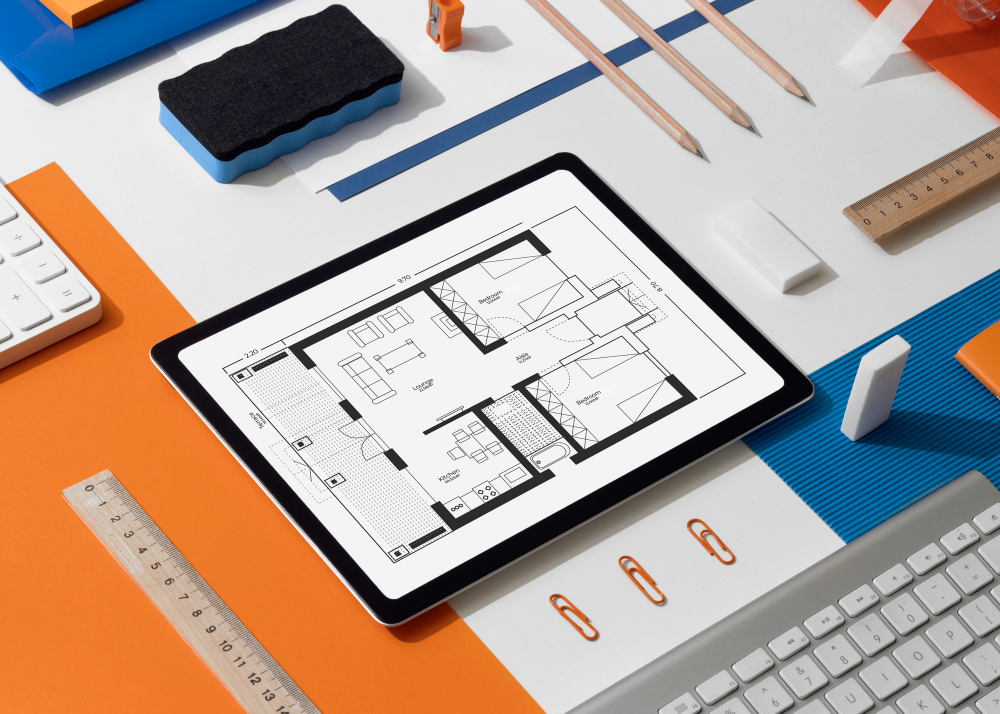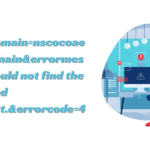The Benefits of Collaborative Design Platforms in Construction
- 1 Advantages of Collaborative Design Platforms in Construction
- 1.1 Optimized Coordination and Interference Management
- 1.2 Two-Loop Learning: Improved Design Intelligence
- 1.3 Improved Buildability and Sequencing
- 1.4 Better Change Management
- 1.5 Accelerated Project Timelines
- 1.6 Centralized Information Repository
- 2 Conclusion
It is important to note that the AEC industry is one of the most evolving industries when it comes to taking on new technologies. One area currently witnessing a lot of innovation is cooperation design software. These platforms enable information sharing and real-time coordination of all the project stakeholders, including architects, engineers, Construction Estimators Texas contractors, and project owners, by working on a single set of models and data.
Advantages of Collaborative Design Platforms in Construction

In this blog post, we will focus on the capabilities that collaborative design platforms can bring to construction projects throughout various stages of building development.
Optimized Coordination and Interference Management
Trade coordination can also be considered another challenge in construction projects. When designs are conceived in silos, there are often interferences, and Interferences are common in construction when the MEP, for instance, is overlaid. Making these errors on a construction project means they are only noticed towards the end of the process, resulting in change orders and time wastage.
Integrated design solutions enable working in parallel with other disciplines for design’s sake. They provide real-time collaboration when used with a clash detection feature that alerts you of interference between models. Multiple teams can anticipate and address issues during the design process, which is much cheaper and quicker than during the construction or operation of the system. Other research suggests up to $15,000 may be saved for every clash.”
Two-Loop Learning: Improved Design Intelligence
3D BIM Modeling Services Texas projects tend to be time-critical by nature and thus are completed within specific deadlines. Reflexive designing is not a common practice because there always seems to be little time left to design, mainly since several teams often compete to finish packages. Mistakes in design are likely to be reflected in construction, meaning there will be waste.
Real-time collaboration helps project teams analyze designs and achieve more positive results during the iterative process. Planners and investors can explore future situations to enhance energy usage, workspace, and construction phasing. When such an analysis is done in design, waste downstream is addressed adequately and in advance.
Improved Buildability and Sequencing
Experience and information about construction are usually required in the late detailed design phase or are entirely missing. This leads to the common situation where the builders have little or no input, and the created designs are challenging or impractical.
Design and build interfaces are a way of sharing a common ground between these two spheres. Contractors can offer constructability feedback as models advance for site access, crane operation, and operational and modularization sequences. It can be stated that issues can be flagged in the context of the model at a time when changes are inexpensive.
Better Change Management

They occur primarily during construction, thus resulting in delays and cost overruns. Late in construction: About the change and audit trails, collaborative platforms offer the entire change history and audit trails to the model level. This enables the stakeholders who have been impacted to have a chance to consider other effects that may ensue from the problem. This enhances change accountability to ensure no scope creep and to enhance the implementation of the change plan.
Accelerated Project Timelines
The sequential organization of tasks is the norm in traditional work structures, which prolongs the total time to complete a project. Integrated solutions work parallel with other team members’ document-sharing and design review activities. The methods of design and review processes can be shortened during the project workshops, which seems to be the model coordination replacing the back-and-forth drawing markups. The synergies produce a multiplier effect that can shave a few weeks or months off project timetables.
Centralized Information Repository
Lack of integration is nothing new to construction projects and causes mistakes and duplication of work in creating the documentation. Integrated systems allow for a single point of reference, thus ensuring the respective processes are aligned to a single comprehensive set of BIM models, specifications, schedules, and forms. There is time-saving and reduction of the time teams spend searching for information and averting the problem of having different data in different and, perhaps, inconsistent sources.
Some insights that have been obtained from Rich project analytics include the following:
Collaborative platforms monitor minutiae-level analytics of the design development process as well as of issues and the stakeholders’ activity levels in various parameters. Indeed, project analytics for progress ensures that every detail is brought to light to facilitate more intelligent decision-making. Leadership can also do risk management to detect areas that require protection. Trends help benchmark various performance metrics across numerous projects to improve performance consistently.
Conclusion
It is crucial to note that collaborative design platforms can potentially yield significant improvements in efficiency throughout the building’s life cycle. Throughout the design-build process, progressive implementations of integrated models and processes minimize redundancy at each significant deliverable and incorporate constructability review from the onset of projects.
As we move towards the industry adoption of collaborative workflows, Electrical contractors who do not implement such workflows will likely lose competitive bidding positioning, earn lower profit margins due to the increased project risk, and reduce efficiency due to the fragmented supply chain. Industry innovators who manage to cooperate and build connected workflows will remain in leadership for the future.

















